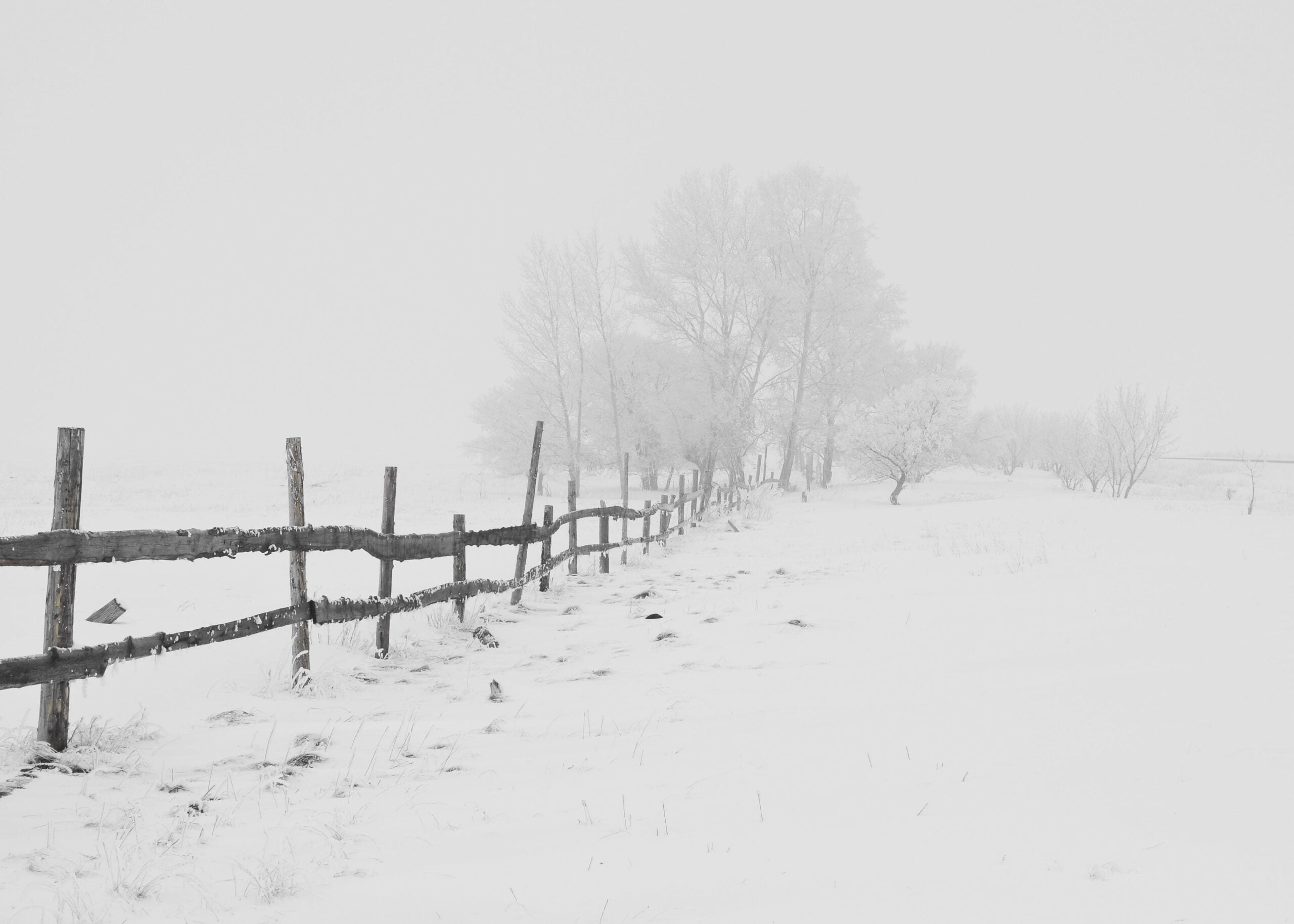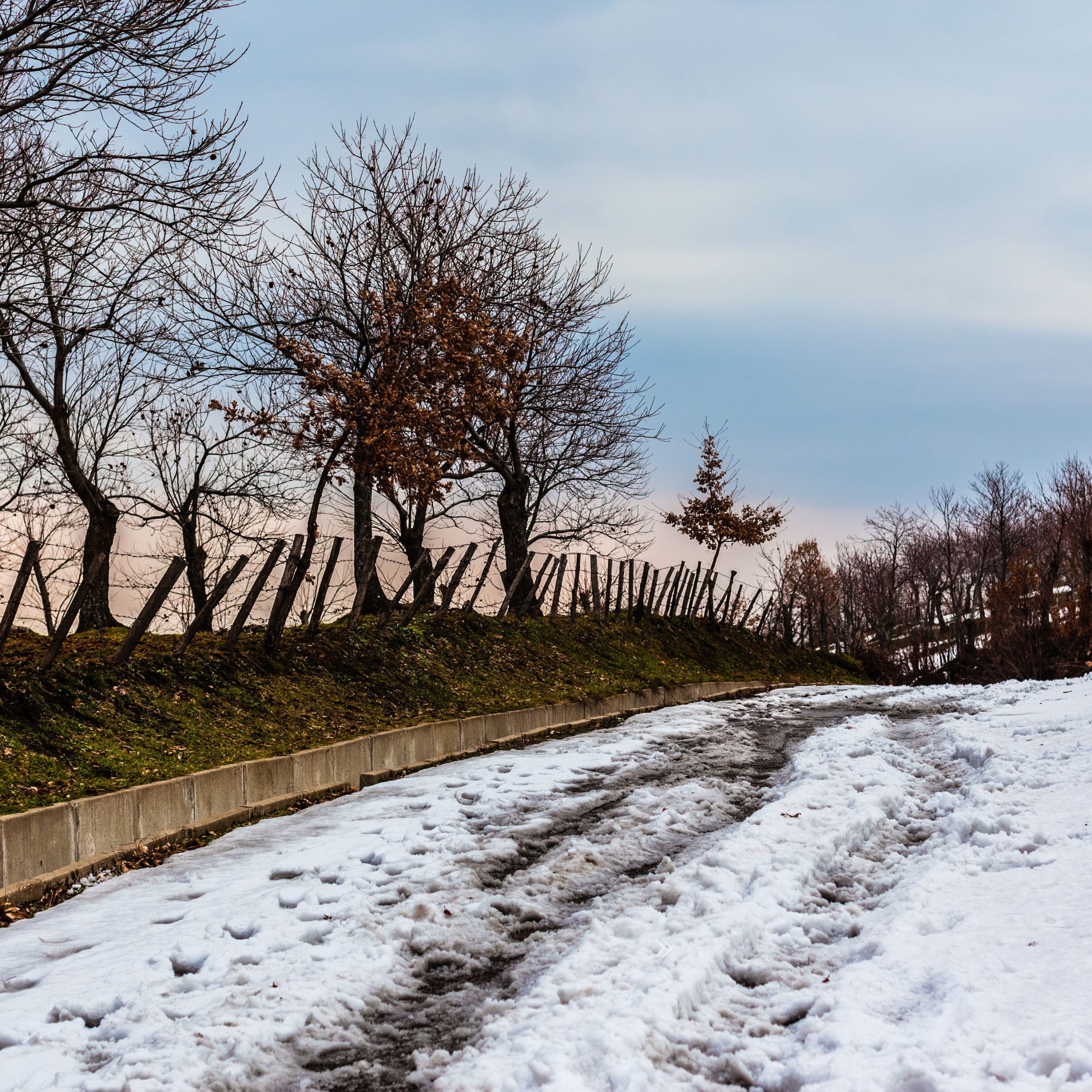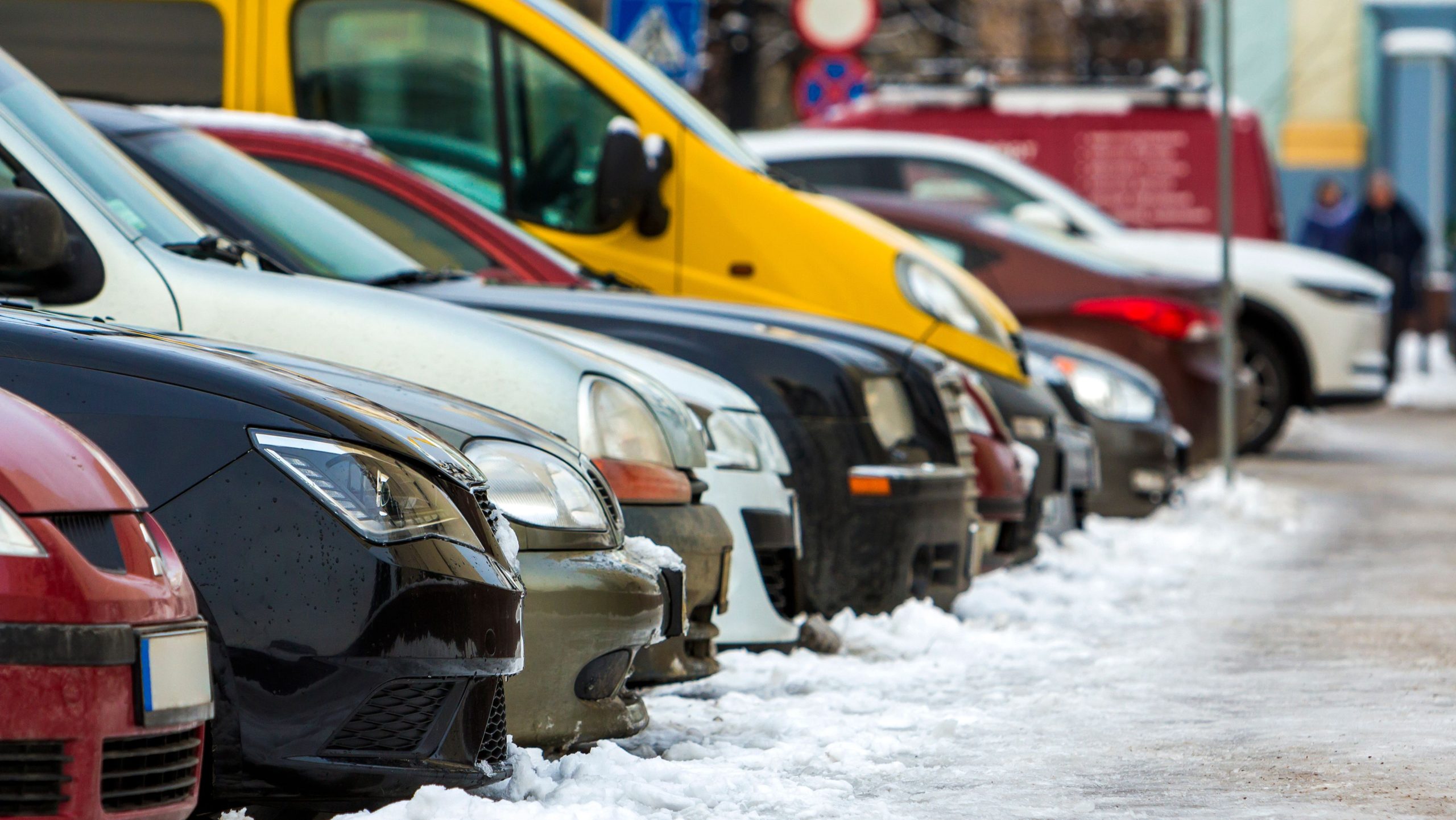Every year, gritters are essentially deployed to roads to prevent injuries, collisions, and hazardous driving conditions. However, the question of who has responsibility for gritting roads, pavements, carparks, and other private roadways often arises.
For business owners and landowners, there is a duty of care to prevent risks due to ice and snow. This could be anywhere on their land, including car parks and roads, to visitors and users of the land.
Being prepared for winter risks is critical to business continuity, particularly if you operate in healthcare, construction, rail (and transport), leisure and hospitality, and many other industries.
Who has responsibility for gritting roads?
Road gritting responsibility falls into one of three categories:
- Highways Agencies (Highways England, Highways Scotland, etc.)
- County councils
- Private owners of roads
The gritting priority for a road is determined by the type of road, its location, and the amount of through traffic.
Gritting major roads
Gritting motorways and access points is seen as a high priority because the major road network is such a crucial component of keeping the country connected. Highway agencies, such as Highways England, have responsibility for gritting and maintaining these networks. In London, Transport for London manages the trunk roads leading into the major road network.
Gritting the minor road network
Local authorities, such as councils and their subcontractors, are responsible for maintaining and gritting the minor road network, which includes smaller A roads, important B roads, routes into A&E, fire, and ambulance stations, and other roads with high traffic routes. These roads are often in Priority One or Two routes.
Gritting local roads
Local roads are not gritted in the winter unless they are located on a council-selected route. Roads located near schools, railway stations, medical facilities, or other important access points are more likely to be gritted to keep key amenities available to the public. Councils may provide grit bins or liaise with parish councils to grit residential roads.
Who has responsibility for gritting pavements?
The owner of the road or land on which the pavement is located is responsible for gritting pavements. If a local council grits a road, they will typically try to spread grit onto the adjoining pavement to protect public use of the road and pavement.
Who is responsible for gritting private car parks?
The responsibility for gritting private car parks lies with the owner of the land. For example, if a hospitality brand has multiple car parks, the owner would be responsible for ensuring they are gritted to prevent risk or injury. Council car parks will be gritted by either the council or the car park manager.
Gritting duty of care
All landowners and occupiers have a duty of care over those visiting their sites, which means they take responsibility for the safety of any visitors. This could be unpredictable weather that causes disruption, such as a tree branch falling and obstructing access to properties, or in the winter when snow and ice can cause slips and trips outside of leisure facilities.
Regardless of the sector, many have a duty of care when it comes to gritting, which requires them to demonstrate preparedness in the event that road conditions worsen. Whether you work in retail, construction, or even rail, the conditions of roads, pavements, and other access points are critical to ensure the public can use your business.
So, what does duty of care actually look like on a daily basis? In the winter, it could be as simple as monitoring reliable weather forecasts, gritting, and assessing for risks. When analysing your site for risks, consider creating a winter risk assessment.
Consult the experts like us, we can come and assess your site for you and help you prepare for winter weather.






